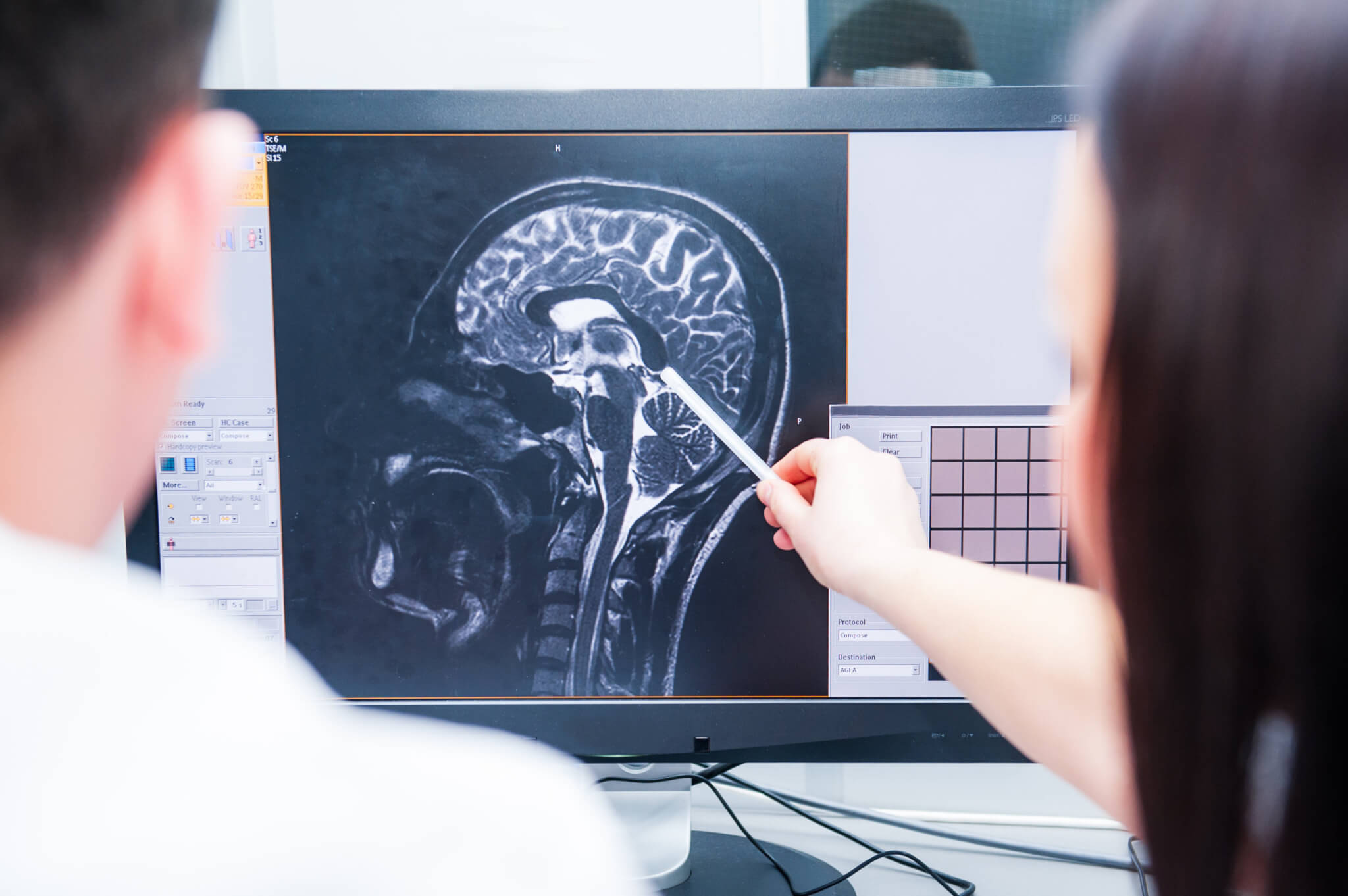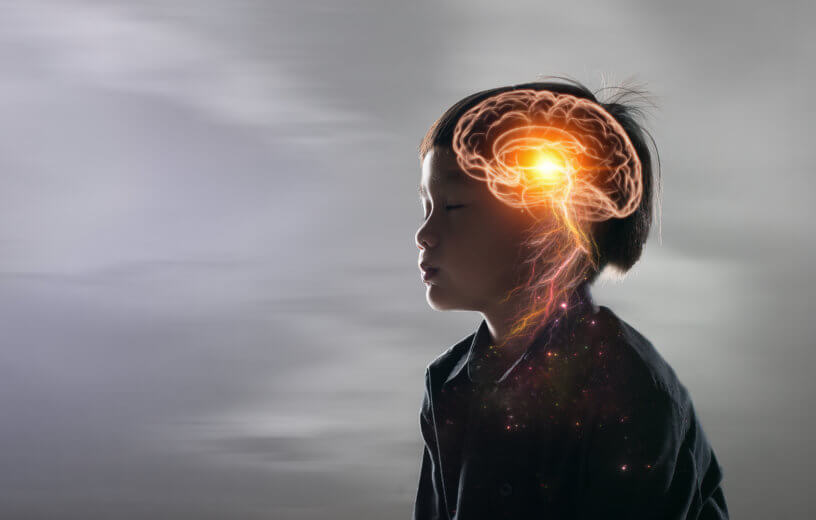💡What to Know:
- Scientists found abnormalities in the anterior neostriatum of children with language disorders.
- This brain region, inside the basal ganglia, also has ties to movement.
- 3.3% of all U.S. children have a language disorder, according to the NIDCD.
WASHINGTON — While modern science has done an incredible of mapping out the human brain, new research is showing how far we still have to go when it comes to forming a comprehensive understanding of the mind’s inner workings. Scientists from Georgetown University Medical Center report a region of the brain traditionally associated with movement consistently develops abnormally among children with developmental language impairments.
More specifically, researchers analyzed brain abnormalities present among those with a developmental language disorder. That condition, known to influence the development of various aspects of language, is roughly as common as attention-deficit/hyperactivity disorder (ADHD) and dyslexia, but even more prevalent than autism.
Study authors discovered abnormalities occurred specifically within the anterior neostriatum inside the basal ganglia, a structure located deep in the brain.
To better understand why these language impairments occur in the first place, researchers analyzed the results of 22 prior studies that examined brain structures in people with the disorder. Then, they utilized a new computational method to identify common patterns of abnormalities across all of those prior studies. This led to the determination that the anterior neostriatum was abnormal across 100 percent of studies assessing the structure, with fewer abnormalities appearing in all other areas of the brain.

“We hope that by identifying the neural bases of developmental language difficulties we may help increase awareness of a major, but also rather unrecognized, disorder,” says the study’s lead author Michael T. Ullman, PhD, professor of neuroscience and director of the Brain and Language Laboratory at Georgetown University Medical Center, in a media release. “We caution, however, that further research is necessary to understand exactly how the anterior neostriatum might lead to the language difficulties.”
Professor Ullman adds this work highlights the potential ability of drugs capable of improving movement impairments due to basal ganglia dysfunction. For example, drugs that act on dopamine receptors.
Moreover, interventions encouraging intact brain structures to compensate for these abnormalities may also prove quite useful. Finally, basal ganglia abnormalities may one day serve as early biomarkers of an increased likelihood of developmental language problems at a later date. These early warning signs could hypothetically trigger further diagnostic procedures, potentially facilitating early therapy.
“Continuing research efforts to further understand the neurobiology of developmental language disorder, especially the role of the basal ganglia, could help the many children who are affected by these problems,” Prof. Ullman concludes.
The study is published in the journal Nature Human Behaviour.

Would you please define “language disorder?”